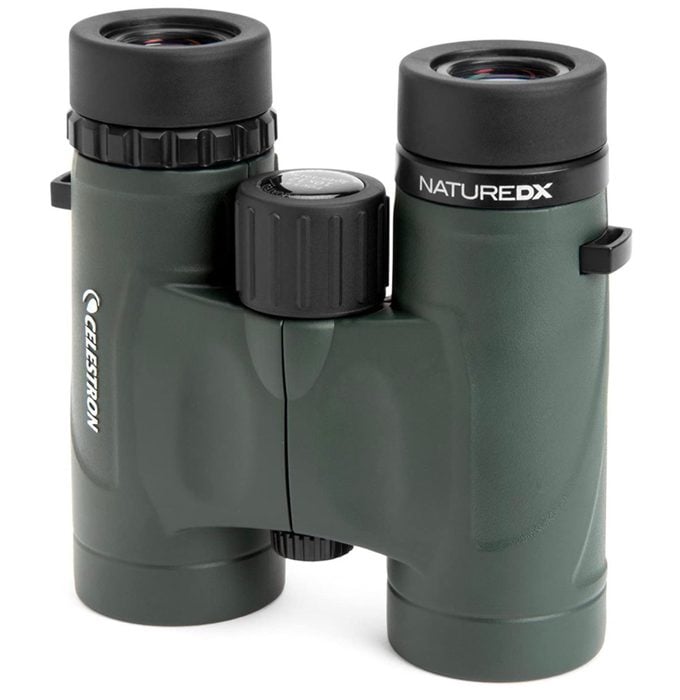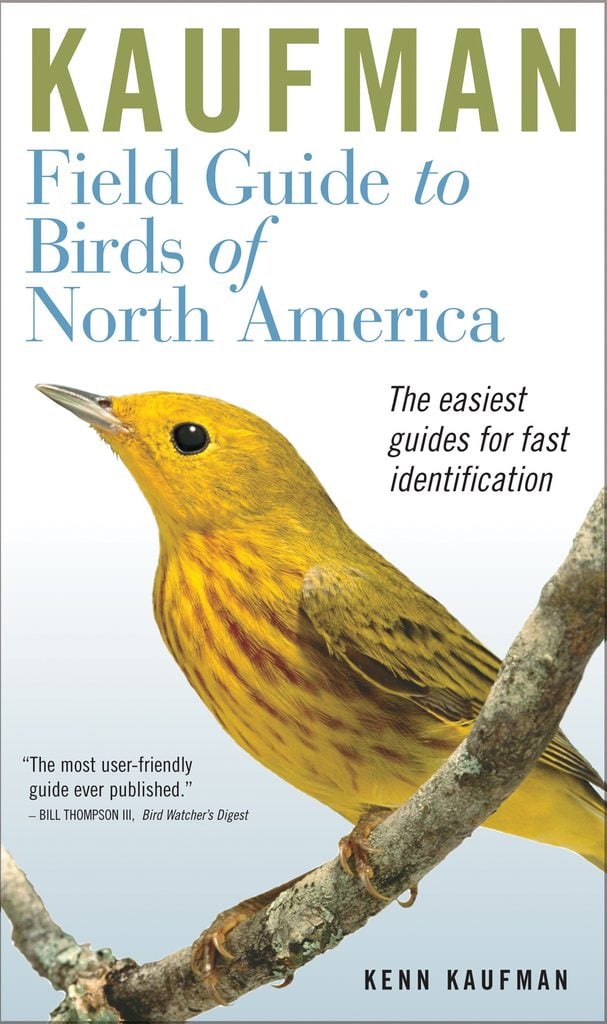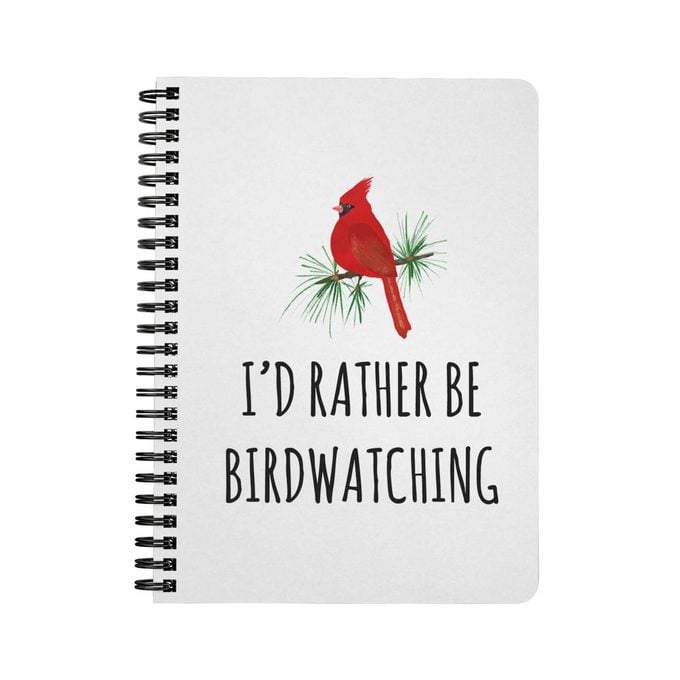Birdwatching for Beginners: How to Start Birding
Updated: May 11, 2023
Ready to learn about bird-watching for beginners? Grab binoculars and a field guide, connect with other birders, then go see more species.
Our editors and experts handpick every product we feature. We may earn a commission from your purchases.
Watching a busy backyard feeder from your living room window is fun and exciting, but there’s a wider world of birds waiting to be explored. Species as diverse as tiny yellow warblers and majestic bald eagles don’t usually stop by feeders. To see these birds and other far-flung fliers, you have to go to them, especially during spring migration.
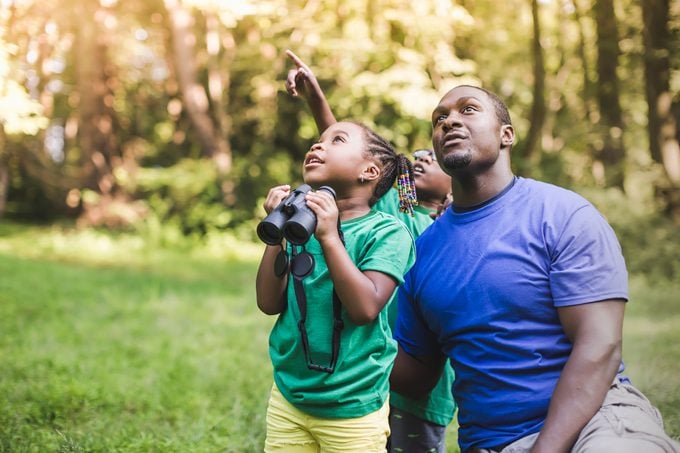
For many, knowing where and how to start birdwatching outside the backyard is a challenge. When it comes to birdwatching for beginners, you need a pair of binoculars and a field guide. Then you need to explore the best local hotspots to find birds. Here’s how to get started.
Best Binoculars for Birdwatching Beginners
Binoculars are the single most important tool for a beginning bird-watcher. A good pair gets you a sharp view of each bird so you can figure out what species you’re seeing. But selecting the right binoculars can be tricky, because prices and quality vary.
For beginning birders, go with a pair priced between $150 and $300 and labeled 8×42; 8 is the magnification and 42, the lens size. The higher the numbers, the more you will be able to see, but these models are pricier and heavier. Plus, higher magnification means a smaller field of view, which can make it difficult to spot the bird.
I like to recommend the Vortex Diamondback 8×42 and Celestron Nature DX 8×42—two solid choices that will not break the bank but will put a reliable set of binoculars in your hands.
Check out our complete binoculars buying guide.
Best Field Guides for Birdwatching Beginners
Choose a field guide that is is compact and easy to understand. A quality field guide will help beginning bird-watchers narrow down and identify species you don’t recognize. It also covers the distinguishing marks you’ll need to get to know so you can tell the difference between males and females of the same species, or between adults and juveniles.
Of the many excellent field guides out there, the two I endorse are Kaufman Field Guide to Birds of North America by Kenn Kaufman, and The Sibley Guide to Birds by David Allen Sibley. The latter also comes in two region-specific editions, one for the West and one for the East.
Record Your Bird Observations
Make birding a fun family activity. Keep a notebook together of your bird observations. Kids will learn to notice field marks, behaviors and habitats. It’s a great way to look back on your family’s outdoor adventures!
Hand off the binoculars and go on a birding scavenger hunt with your favorite kid. Make a list of common birds for them to spot, like cardinals, blue jays and robins. You can also keep track of your birds on your phone with birding apps like eBird.
Here’s how to get kids excited about birding.
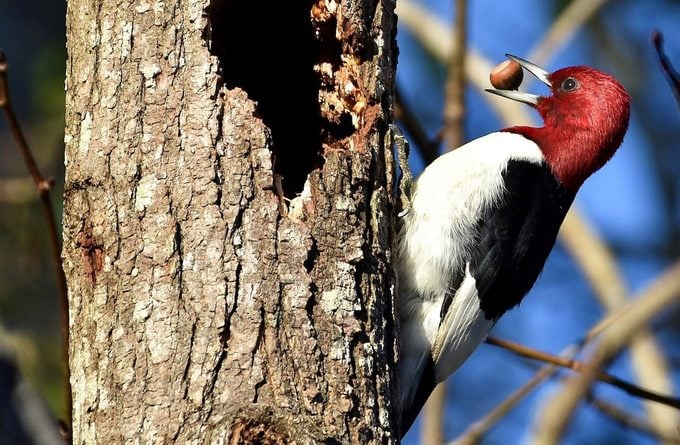
Best Places to Go Birdwatching for Beginners
With your binoculars and field guide in hand, it’s time to pick where you want to go birding. The best place for beginning birders to begin is a local park near you, which gives you a chance to see and learn about a few new-to-you species while spotting some that are familiar visitors at your backyard feeder. This is also a wonderful way to meet and make friends with other bird enthusiasts.
When you’re ready to explore beyond nearby green spaces, use eBird’s Hotspot Explorer to find other good birding spots in your area. Put in the name of a place to learn what birds have been spotted there, and then get a checklist you can use while you’re out in the field.
Psst—here’s how to see the best birding sites from your car.
Connect With Other Birders
Once you find a site you’d like to visit, consider checking in with a local Audubon Society chapter for specific directions and tips for birding in the area. Over 450 chapters around the country provide a wealth of local information, such as best places to go birding and how to get reports of rare birds that have been spotted. Many chapters provide beginning birder walks and educational programming. Find the one closest to you or to an area you want to explore.
Want to see more species? Go bird-watching in different bird habitats.
Travel to See More Birds
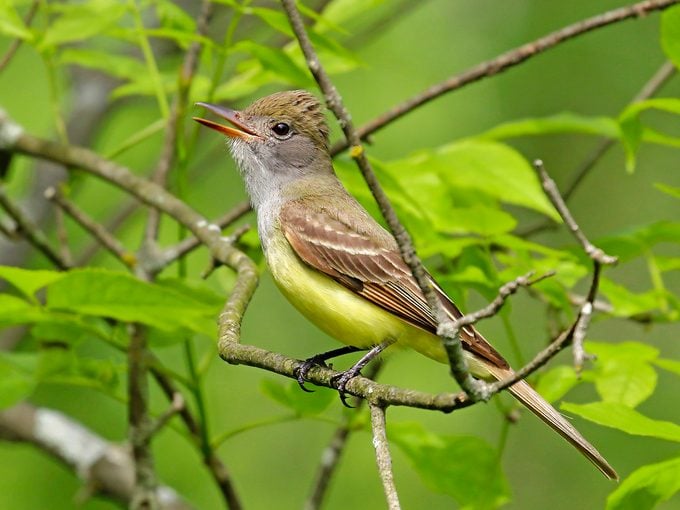
As you continue to expand your horizons, you may want to travel farther to see region-specific species, like California scrub-jays, found only along the West Coast, or great crested flycatchers in the East. Whether you decide to drive a couple states over or fly to a different country, there are endless opportunities to look for amazing birds and get to know other birders.
If you really want to experience the birding community, attend a bird festival. Some of the best include The Biggest Week in American Birding in Ohio, the Rio Grande Valley Birding Festival in southern Texas and the Space Coast Birding Festival in Florida. In addition to focusing on specific bird-watching opportunities, like the warbler migration at Biggest Week, these events often host entertaining and informative programs, seminars and panels led by experts.
Check out coast to coast birding hotspots for every season.
Use Educational Online Birding Resources
People who’ve been birding for a long time will tell you they never stop learning. I’m always discovering something new about these wonderful fliers. The internet is a seemingly infinite resource for birders, and if you haven’t already connected with the National Audubon Society, it’s a valuable source of information. Other fantastic national organizations with thorough websites (everything from bird news to species profiles and ranges) include the Cornell Lab of Ornithology, the American Birding Association and Bird Studies Canada. These groups also focus on conservation, an important consideration for anyone who enjoys being outside.
Follow Birdwatching Groups on Social Media
Then there’s social media. Bird-focused Facebook pages are booming, from Birds & Blooms to small local groups and pages with national rare bird alerts. And #BirdTwitter is active, too.
Search around a little to see what you can find that matches your specific interests. Birding is about more than just seeing new species. It’s about the people, too. When you step out of your backyard, you step into a community that cares deeply about nature and sharing its passion for birds. Welcome to the club!
Want to take better bird photos? Check out the ultimate guide to backyard bird photography.





















